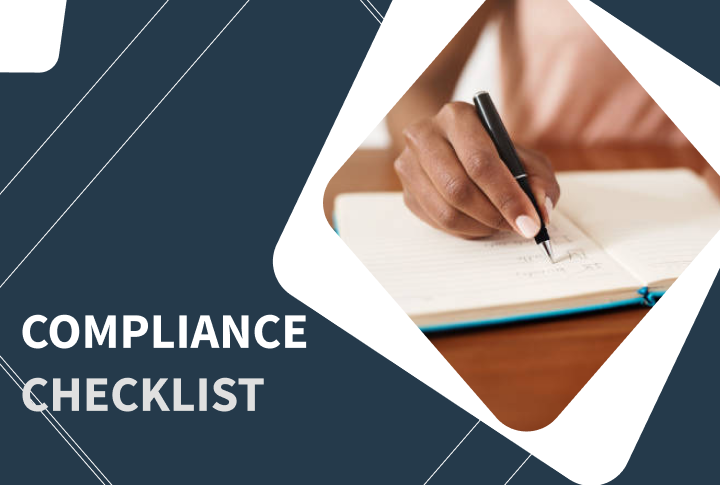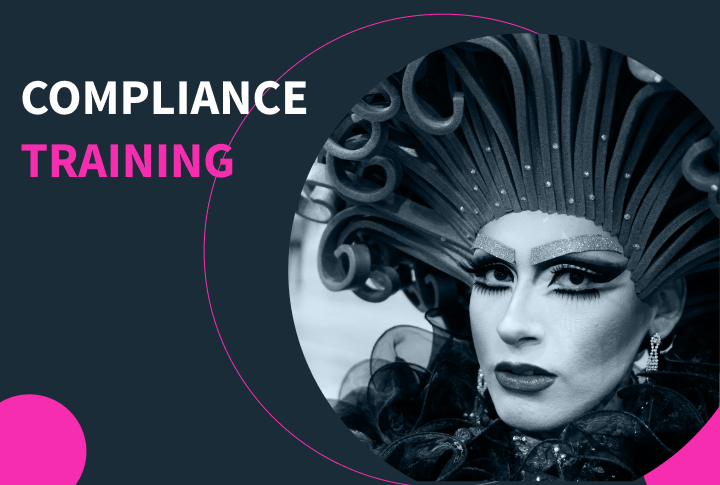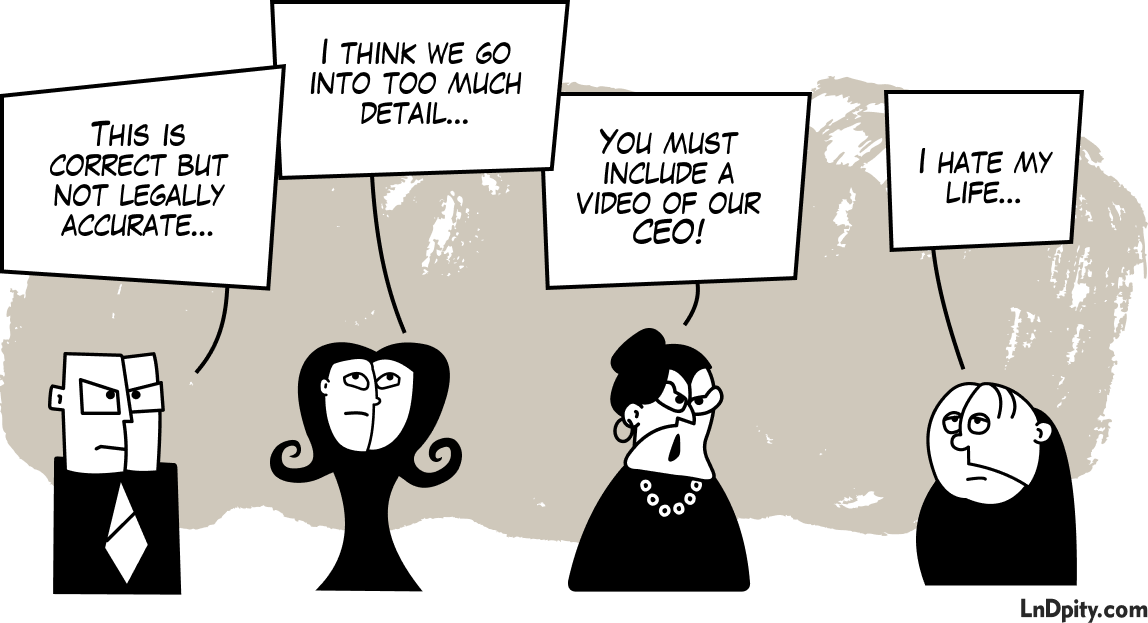Launching compliance training 1/6: Getting your stakeholders on board on time



Ready to launch your compliance training?
Compliance training is a high-profile project. For many organisations, it is a seminal delivery in their training calendar, and a number of key figures within the organisation are involved.
Naturally, you don’t want anything to go wrong in this process, although Murphy’s Law suggests that things often do.
You may have already read our Hands-on guide on how to successfully implement and execute compliance training in organisations, but when it comes to launching training in real life, there are many things that can be easily overlooked.
Checklist series: Launching compliance training
This will be our first post in the Launching compliance training checklist series. The entire series is written from our first-hand experience in launching compliance training projects.
Hopefully it will help you avoid any nasty surprises once you launch your training.
The series will include 6 checklists, each covering one of the crucial stages you must undertake before launching compliance training. The topics that we will cover are:
- Stakeholders’ buy-in
- Content checks
- Training access
- Communication plans
- User management
- Training records and reporting.
Heed these warnings before launching your next compliance training…
Checklist #1: Things to consider when getting stakeholders on board
There will be many different stakeholders involved in getting the compliance training to its final stage.
Each stakeholder will come with their own opinions and expertise, and they will all want to have their input considered. For this reason, you need to be ready to manage a host of different personalities and their priorities.

Identifying the stakeholders in the compliance training
Before starting the project, you should understand the scope of the project and its stakeholders. Others will always want to voice their opinions, but it’s crucial to keep the number of people involved to key players only. As we know, too many chefs spoil the broth.
Likewise, keep people who need to be in the loop informed throughout the process. If you bring them in too late, it can be messy and add further delays.
Each phase of the roll-out will require the involvement of specific business-functions and people. Consider the following questions and create a list of all key players:
-
Who needs to sign-off the content?
-
Who takes care of the technology that delivers the training?
-
Who holds the employee data needed to launch the training?
-
Who is the point of contact for senior management?Senior management needs to be on board from the get-go. Organisations take compliance seriously and senior management typically embraces compliance procedures the most. Compliance is often instilled from the top down, so senior management will want to be actively involved in bringing the best practices to life.
Signing-off the learning content
It doesn’t matter if you deal with generic learning content or bespoke content specially designed for your use case. In the end you will need the content signed-off by other people in the company. To avoid any problems, you need to be well prepared for this phase:
-
Who needs to sign-off the content?
The content review stage is often the stage where you’ll have the most contact with stakeholders. There will always be iterations and redrafts before the final sign-off is given, and stakeholders will want their opinions voiced (if you’re creating learning content yourself, make sure that you read our article about developing workplace learning content).
The more stakeholders that are involved in the training, the more difficult it becomes to manage their collective inputs. Therefore, it is wise to use a system to manage everyone’s input and comments in a structured way.
-
Have you accounted for enough time to get the content sign-off?Signing-off the project may take a bit longer as the topics can be sensitive, complex and dictated by regulatory requirements. Don’t leave it to the last minute, and don’t rely on others to keep to the same time schedule as you.
Training facilitators
It’s time to win over the business-related functions. The roll-out of compliance training will require you to work closely with functions such as IT, L&D and HR.
Last but not least, team leaders and line managers are imperative to a successful compliance training and should be considered as one of the key stakeholders in implementing a compliance training.
-
Are you aligned with the owner of the technology for delivering the training?Technology plays a crucial role in the delivery of the training. You need to know who is responsible for the technology that will deliver the training. It is important to have a mutual understanding of each other’s roles in order for a smooth delivery of the training.
-
Is HR aware of what their role will be in managing the employee database?
HR are the gatekeepers to all of your employee data that will be needed. There needs to be a plan in place to establish how employee data will be synchronised with the compliance training records, and what data will be reported back into the HR systems. In this situation, it is likely that IT and HR will need to work together to set up all of the data in one place.
If an LMS for compliance training is already in place, then this should already be taken care of. However, it shouldn’t be taken for granted. Check with HR and make sure they are aware of the upcoming training initiative and are ready for everything that may come with the new roll out.
-
Are line managers aware of the importance of their role in the compliance training?
Our experience and data prove that managers are the single most important facilitators to an employees’ learning activity.
Firstly, they care about the teams’ results as it directly affects them. Secondly, they are in direct contact with the employees and are the ones who are most able to support team members.
For these reasons, line managers need to be aware of the important role they play in making sure their team completes the training, and the importance of the training itself.
You’ve got everybody on board? Great. The next post in our Launching compliance training checklist series covers the potential pitfalls of the compliance training content and how to avoid them during final checks.
Follow us on Twitter and LinkedIn so you don’t miss the next article from this series.


